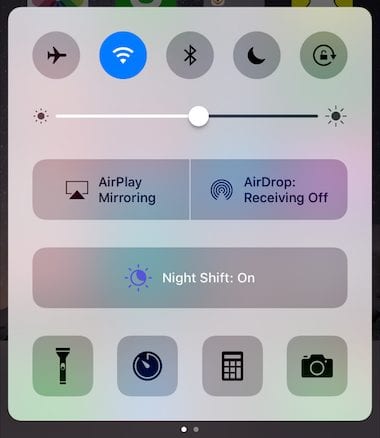
Did you know that your Mac can keep you awake at night? It’s true — research over the years has proven that light has a noticeable effect on brain function and in particular, sleep. It’s all due to melatonin, a body-produced hormone that helps you get to sleep. When the eyes detect light, the production of melatonin in the body is suppressed: that’s why sometimes you might find it hard to nod off after a long evening of web surfing or playing games on your Mac. In this article, I’ll talk about why working on your Mac during the evening hours might be making it difficult for you to get to sleep, and how to reduce the impact.
Computer screens are particularly notorious for this; displays tend to have a somewhat bluish tinge to them thanks to the backlighting used, and blue light is the worst culprit for delaying sleep. One study by the National Institutes of Health showed that “exposing healthy subjects to 30 minutes of 500 lux polychromatic blue light an hour before bedtime, in their natural home environment, delayed the onset of rapid eye movement sleep by 30 minutes.”
A joint study published in the Proceedings of the National Academy of Sciences concluded that “the use of these devices prolongs the time it takes to fall asleep, delays the circadian clock, suppresses levels of the sleep-promoting hormone melatonin, reduces the amount and delays the timing of REM sleep, and reduces alertness the following morning.”
Probably the most obvious way to keep this from happening to you is to simply stop using anything with a backlit electronic screen for at least an hour before you go to bed. In this hyper-connected world in which we live, that can be difficult, so Apple created Night Shift for iOS.
What Night Shift does is shift the color temperature of an iPad or iPhone from the usual “cool” bluish tinge that’s caused by the backlighting of the display to a more “warm” orangish tone. Think of it as being what our eyes were used to seeing before all of these screens — mid-day is dominated by that cool blue, and in the early evening we see those warmer sunset tones, yellows and reds.
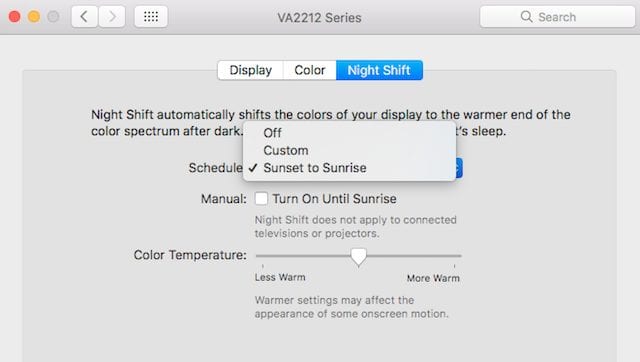
Apple has solved the issue for iOS users, but what about the Mac? Fortunately, the next update to macOS Sierra (version 10.12.4) finally adds Night Shift to the Mac. I’m testing macOS Sierra 10.12.4, and Night Shift is easy to set up from System Preferences > Displays. There’s a new tab for Night Shift (see image above), which can either be set up to automatically turn on between sunset and sunrise, or be manually adjusted. How much of a difference does it make? The three images below show my Mac display going from the coolest (bluish) color temperature on the left to the warmest (orangish) on the right, with an unadjusted iPad mini screen in front to show a somewhat exaggerated version of how Night Shift works.
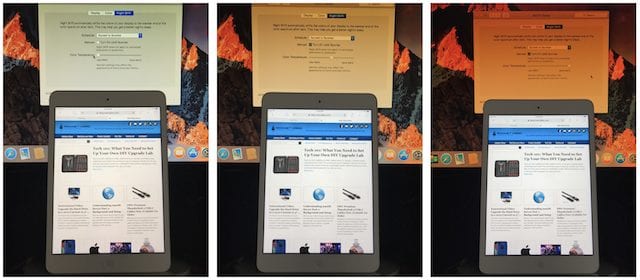
macOS Sierra 10.12.4 will most likely be out in the next month or two, so those who work or play on their Macs in the evening hours can adjust Night Shift to their personal preference. What can you do in the meantime if you’re not running the developer or public beta of 10.12.4?
F.lux is a donation-ware Mac app that actually provides more granular control of color temperature than Night Shift will. It has been around for quite a few years, and has default settings for daytime (cool), after sunset (more warm) and before bedtime (very warm). I’d anticipate that many longtime users of F.lux will continue to use the app instead of Night Shift, as the app offers some features that won’t be in Sierra.
Have tips for using a Mac at night? Let us know in the comments section.
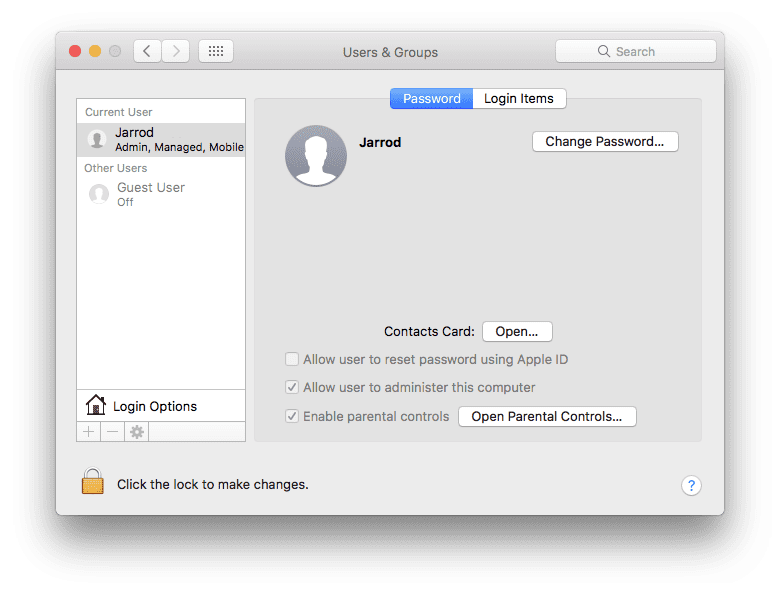
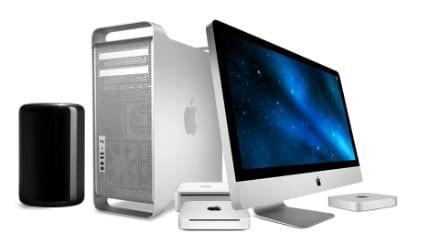







Hi Steve,
I’m still running macOS 10.12.6 on an iMac, and the “Night Shift” tab does not appear in SystemPreferences->Displays. Is Night Shift a feature that only works on certain iMacs? Or did Apple remove it between 10.12.4 and 10.12.6?
Yes, “scientific evidence”. For instance, see article “How LED Lighting May Compromise Your Health” by Joseph Mercola. (I tried to include a link, but it wouldn’t post; a search will find it.) Turns out LED lighting (which is essentially how computer displays are lit) can do serious damage, especially to vision – as in macular degeneration. Like Mercola, I once thought LED bulbs might be the Solution, but I’m back to incandescents (never started using those horrible CFLs). An internet search will find a lot more information.
Haven’t tried F.Lux, but came across (in the article linked above) another recent app called Iris (search for Iris or iristech), from a developer in Bulgaria, which seems to work nicely. Several versions from basic to full-featured, free and paid (cheap), for every platform. Even for iOS, where unfortunately it is not available through the App Store (as it digs into the OS), though the developer shows what seems to be a simple – though potentially dangerous – way to “sideload” the app without full “jailbreaking”. Haven’t tried it myself, though I might one of these days; NightShift is good, but Iris offers a lot more options. I’ve been using it for a couple months on my MacBook Pro, and like it (the glare when I turn it off is a shock).
Of course, if you’re doing color work, you won’t want to be running any of these modifications; but then, it’s hard to know what is the real color, since it depends on the light. We’ve come a long way since candles and oil lamps – and in a very short time, historically; only now are some beginning to take a longer look at some of the “miracle” technologies developed in the last hurried century, and their possible long-term effects.
Really? Scientific evidence?
I’ve been using a 3rd party app to alter my MBP screen color at night for a few years called f.lux.
Yes, I noted it in the last paragraph of the post. I think I like it more than Night Shift as it’s much more adjustable.
Steve
It doesn’t show up on a MacBook Pro 2010 running the latest beta.